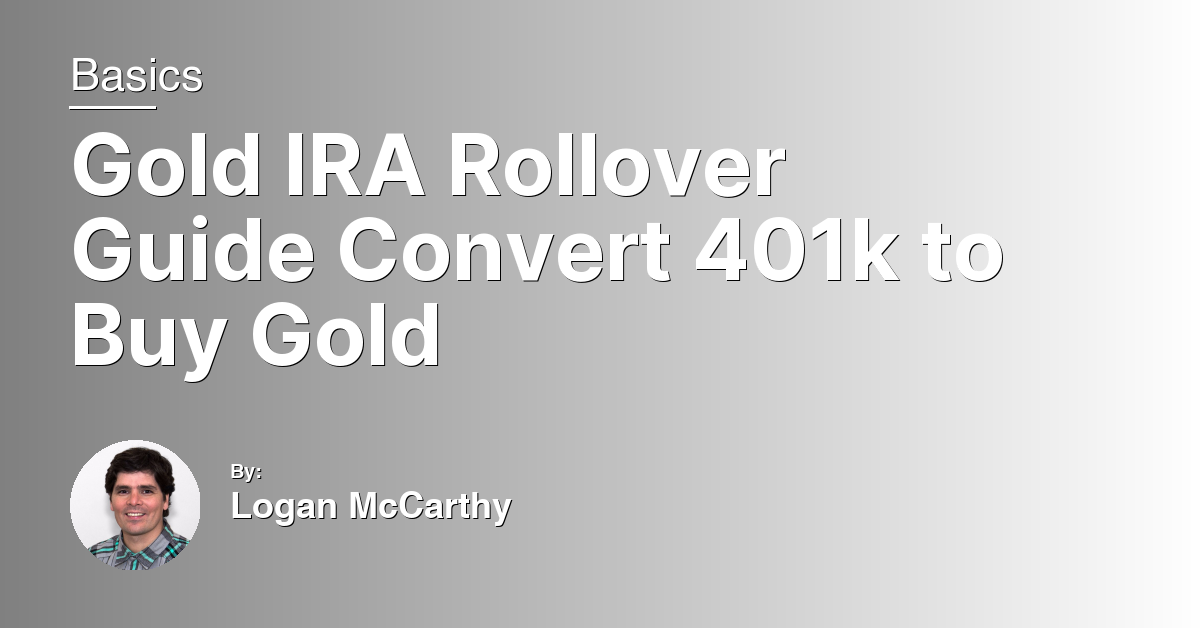In the ever-evolving landscape of retirement planning, diversification remains a cornerstone for securing financial stability. As we look towards 2024, incorporating gold and precious metals into your retirement portfolio emerges as a strategic move to hedge against inflation and economic uncertainties. This article delves into the top gold and precious metal IRA options, offering a comprehensive guide to help you make informed investment decisions for a prosperous retirement. Join us as we explore the benefits, pitfalls, and best practices for integrating these timeless assets into your long-term financial strategy.
Understanding Gold IRAs
To invest in a Gold IRA, one must first choose a custodian that specializes in such accounts. These custodians are usually banks, brokers, or other IRS-approved entities that manage the assets in the IRA. The investor then decides between physical metals, like gold coins or bullion, or precious metal funds, such as exchange-traded funds (ETFs) like SPDR Gold Shares, to add to their account.
It’s important to note that the Internal Revenue Service (IRS) has specific requirements for the purity levels of the precious metals and the types of coins that can be included in a Gold IRA. Moreover, all physical metals must be stored in an IRS-approved depository. The inclusion of precious metals in retirement accounts can provide both tax advantages and an added layer of security against market volatility, making Gold IRAs an attractive option for those seeking to protect and grow their retirement savings.
Advantages and Disadvantages
Advantages of investing in gold and precious metals for retirement include hedge against inflation and economic downturns, as these assets typically retain value even when traditional investments like stocks and bonds falter. Gold and precious metals IRAs, particularly through self-directed options, allow for diversification of retirement portfolios beyond usual stocks, bonds, and mutual funds, potentially reducing overall investment risk.
However, these IRAs also come with their own set of disadvantages. The need for a custodian bank or a trustee to manage the account adds an extra layer of fees, including setup charges, annual storage fees, and potential seller’s fees, which can erode investment gains over time. The prices of gold and precious metals can be highly volatile, influenced by global economic factors, demand, and mining supply, posing a risk to the investor’s capital. Furthermore, unlike stocks or bonds, these assets do not generate income through dividends or interest, which can be a drawback for those seeking regular income from their retirement investments.
Investors interested in including gold and precious metals in their retirement planning should weigh these factors carefully, considering their long-term retirement goals, risk tolerance, and the specific rules set by the Internal Revenue Service regarding allowable precious metal assets in an IRA portfolio.
Investment Options Beyond Gold IRAs
Exploring investment options beyond Gold IRAs can provide a more diversified portfolio, which is crucial for risk management and achieving long-term financial goals. One alternative is investing in precious metals like silver, platinum, and palladium through a Self-Directed IRA, which allows for a broader range of investment types beyond traditional stocks and bonds.
For those interested in the precious metals market without holding physical assets, Exchange-Traded Funds (ETFs) like SPDR Gold Shares or mutual funds focused on mining companies, such as Barrick Gold, offer a more liquid and potentially less costly entry point.
Cryptocurrency has emerged as another alternative investment, with some Self-Directed IRAs specifically designed to hold digital assets, offering a hedge against traditional market fluctuations. Moreover, real estate investments can be included in a Self-Directed IRA, providing income through rental properties or capital gains from property sales, all while benefiting from the tax advantages associated with IRA structures.
Diversification can also be achieved by combining these alternative assets with more traditional investments in a Roth or traditional IRA, ensuring a well-rounded retirement plan that is responsive to changing economic landscapes.
Essential Considerations for Account Holders
When venturing into the realm of gold and precious metal IRAs for retirement in 2024, account holders should prioritize a few essential considerations to maximize their investment benefits. First and foremost, choosing the right custodian is crucial. This entity, typically a bank or brokerage firm, will hold and safeguard your precious metals, ensuring compliance with United States Department of the Treasury regulations.
Diversification is your portfolio’s best defense against market volatility. Incorporating a mix of gold, silver, palladium, and platinum, along with traditional assets like stocks, bonds, and mutual funds, can mitigate risk. For those looking at a broader investment spectrum, exploring alternative investments such as real estate or cryptocurrency could further balance your retirement strategy.
Understand the tax implications, particularly the differences between a Roth IRA and a traditional IRA. A Roth IRA offers tax-free growth and withdrawals, making it an attractive option if you anticipate being in a higher tax bracket upon retirement. Conversely, traditional IRAs provide a tax deduction at the time of contribution with taxes deferred until withdrawal.
Finally, pay attention to the market trends and prices of precious metals, as these will influence your IRA’s performance. Companies like Orion Metal Exchange and Fidelity Investments can offer valuable insights and services for managing your investments.
FAQs
Can you invest in gold in an IRA?
Investing in gold in an IRA is possible by setting up a gold IRA with a special custodian or broker. The IRS allows self-directed IRA holders to purchase approved physical forms of gold, silver, platinum, or palladium using pretax or after-tax dollars.
What is the minimum deposit for a gold IRA?
The minimum deposit for a gold IRA varies by company, with options ranging from $0 to $10,000.
What are the fees for a gold IRA?
The fees for a gold IRA include a storage fee for an IRS-approved gold depository, transaction fees for buying, selling, or exchanging precious metals, and other miscellaneous fees that vary.

